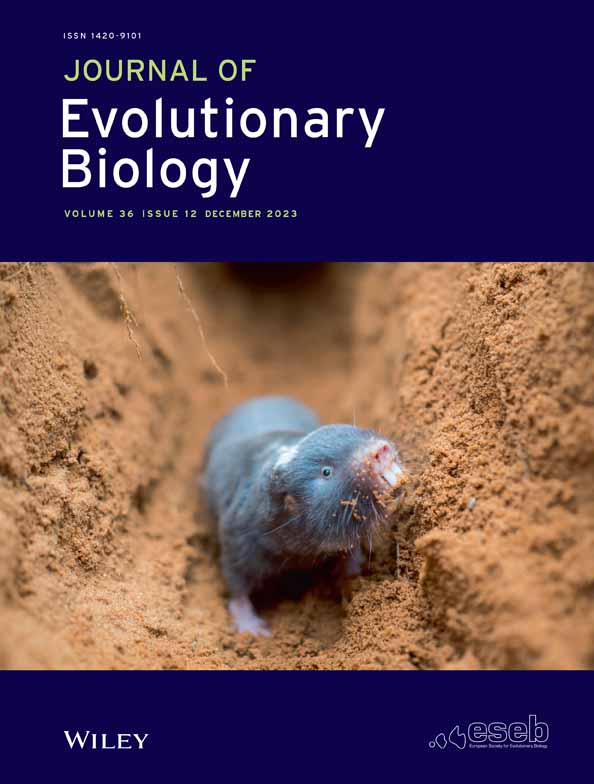Sexual isolation in Drosophila. II. Intraspecific variation in mate recognition systems
Abstract
A simple behavioral model is used to investigate whether differences in the specific-mate-recognition system (SMRS), occur within species of the Drosophila genus. This model takes into account, and overcomes, the distorting effect of vigor differences on experimental results. Analysis shows significant deviations from the expected values under the assumption of identical SMRSs in around one fifth of the multiple-choice experiments performed with natural strains of twelve different Drosophila species. Different selection procedures raise the number of significant assortative mating results between strains of D. melanogaster and D. pseudoobscura from 3.0% to 32.8%. Finally, sub- or semispecific taxa show variations in their SMRS even more frequently (74.5%). Differences in male vigor and female receptivity are also found. These results show that a classification of Drosophila species based on SMRS stability, as proposed by the “Recognition concept of species”, is virtually impossible.




